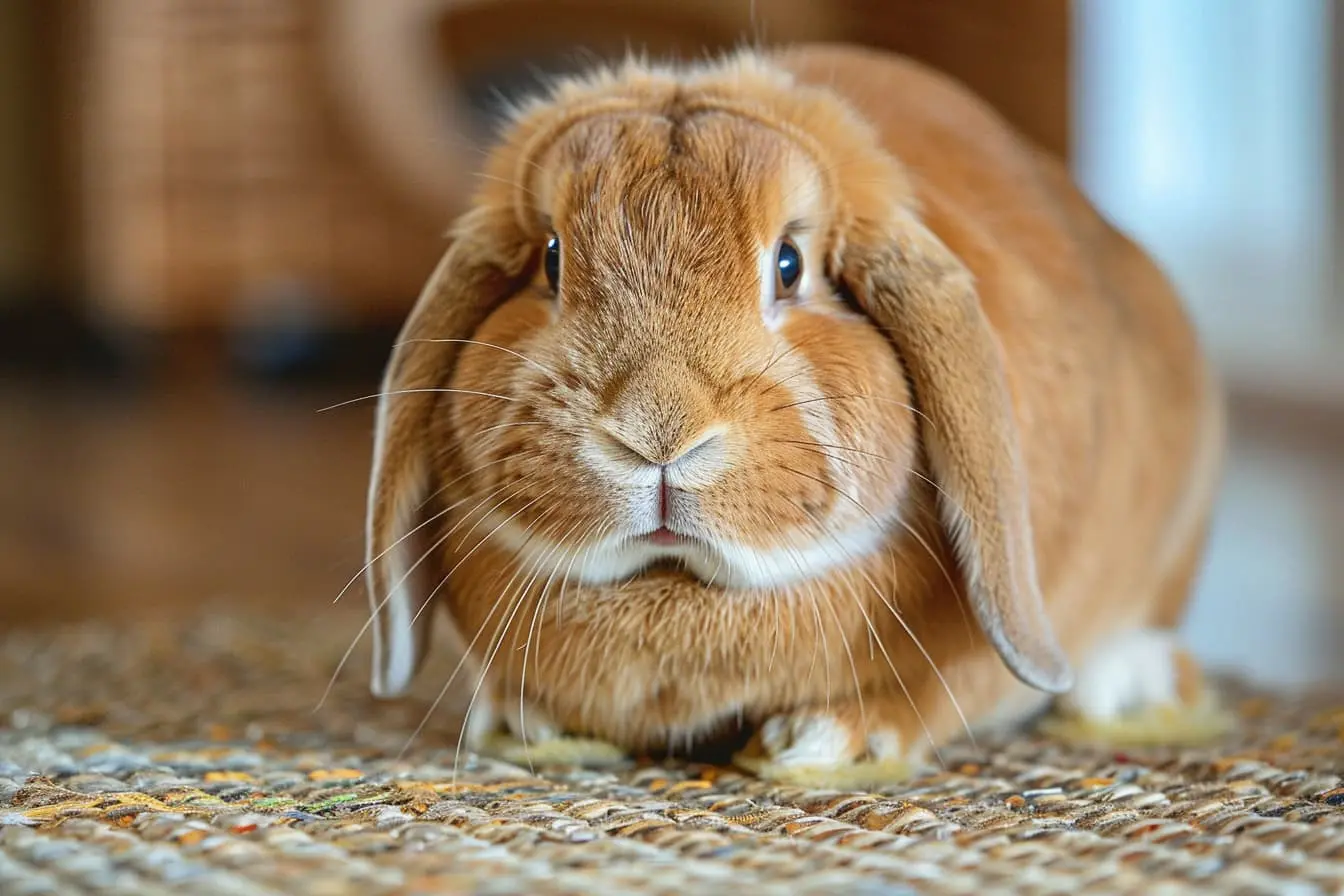
A Beginner's Guide to Rabbit Grooming: Essentials for New Owners
Welcoming a rabbit into your home as a new pet owner is an exciting venture, filled with learning and bonding opportunities. One of the key aspects of caring for your new furry friend is grooming. Not only does it keep your rabbit looking their best, but it's also essential for their health and well-being. Here’s everything you need to know about grooming your rabbit as a new pet owner.
Understanding Your Rabbit’s Coat
Rabbits come in a variety of breeds, each with different coat types ranging from short and sleek to long and fluffy. Understanding your rabbit's coat type is the first step to proper grooming. Short-haired breeds require less frequent grooming, while long-haired breeds like the Angora or Lionhead need daily attention to prevent matting and tangling.
The Basics of Brushing
Regular brushing is a cornerstone of rabbit grooming, serving multiple purposes:
- Removes loose fur: This is crucial, especially during shedding season, to prevent the ingestion of fur leading to gastrointestinal blockages.
- Promotes healthy skin: Brushing distributes natural oils throughout their coat.
- Fosters bonding: It's a wonderful way to build a trusting relationship with your pet.
For short-haired breeds, a weekly brush might suffice, whereas long-haired rabbits may need daily grooming. Use a soft-bristled brush or a comb designed for rabbits, being gentle to avoid hurting their sensitive skin.
The Necessity of Nail Trimming
Rabbit nails grow continuously and can become overgrown if not regularly trimmed. Overgrown nails can lead to discomfort and even affect their ability to move around properly. As a new owner, you might find nail trimming daunting, but with patience and practice, it becomes easier. Use a pair of pet nail clippers, and be cautious to avoid the ‘quick’—a blood vessel running through the nail. If you're unsure, ask a vet or experienced rabbit groomer to show you the ropes.
Keeping Those Ears Clean
Rabbit ears need to be checked regularly for signs of dirt, wax buildup, or parasites. For lop-eared breeds, this is especially important as their folded ears can create a warm, dark environment where issues may arise. Gently wipe the outer ear with a damp cloth, but never insert anything into the ear canal.
Dental Care
Rabbit teeth also grow continuously and need to be kept in check by providing plenty of hay, which acts as a natural tooth file. However, it’s wise to regularly check their teeth for any signs of overgrowth or misalignment, which could cause eating difficulties.
Bathing: A No-Go
Rabbits are clean animals that groom themselves and rarely need a bath, which can be stressful and even harmful to them. Instead of bathing, spot clean any dirty areas with a damp cloth if necessary.
Professional Grooming
While most grooming can be done at home, professional groomers can offer services like sanitary trims (useful for long-haired breeds), thorough de-matting, and nail clipping if you're not confident doing it yourself.
Final Thoughts
Grooming your rabbit is not just about keeping them looking good; it's a vital part of their care that impacts their health and happiness. By incorporating these grooming practices into your routine, you’ll ensure your rabbit is not only well-groomed but also healthy and content. Remember, the key is to be gentle and patient, allowing your rabbit to get used to each grooming activity gradually. With time, grooming can become a delightful bonding experience for both of you, paving the way for a deep, trusting relationship.
Vets near you
Speciality vets
- Aquatics vet specialists
- Birds vet specialists
- Camelids vet specialists
- Cats vet specialists
- Cattle vet specialists
- Deer vet specialists
- Dogs vet specialists
- Equines vet specialists
- Exotic vet specialists
- Goats vet specialists
- Pigs vet specialists
- Poultry vet specialists
- Sheep vet specialists
- Small Mammals vet specialists
- Wild vet specialists



